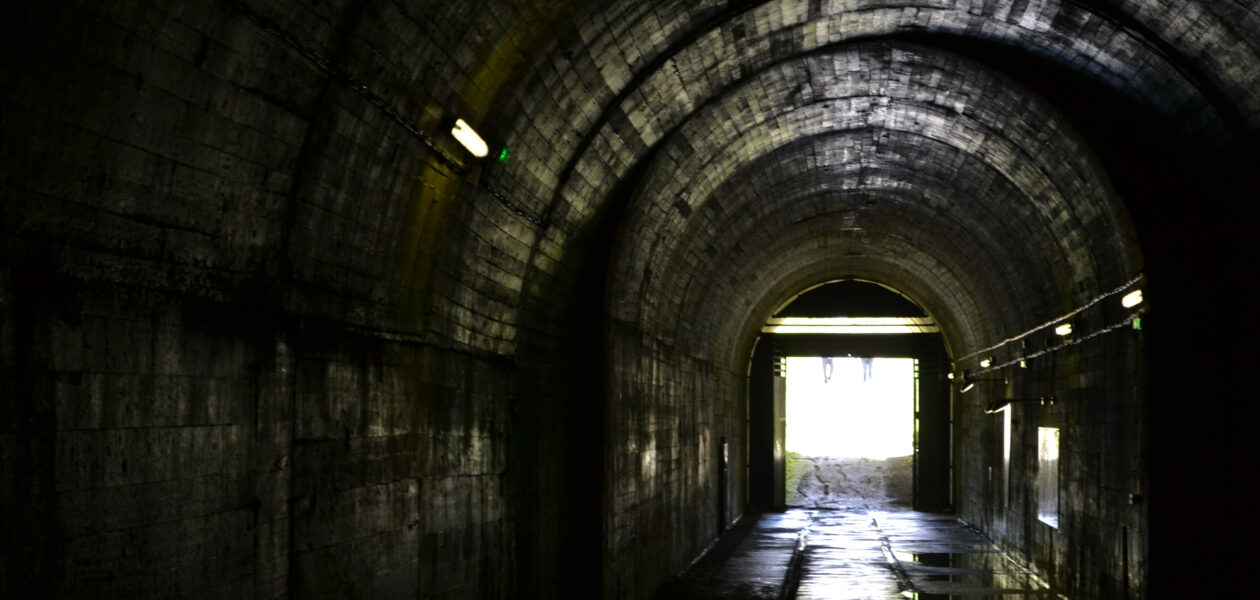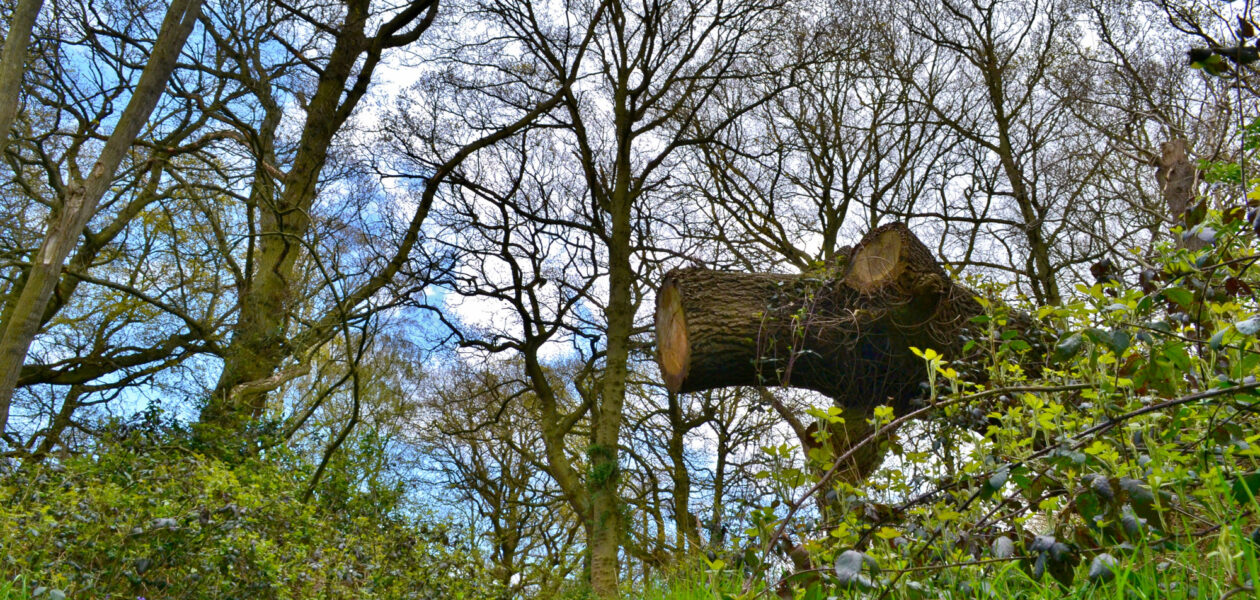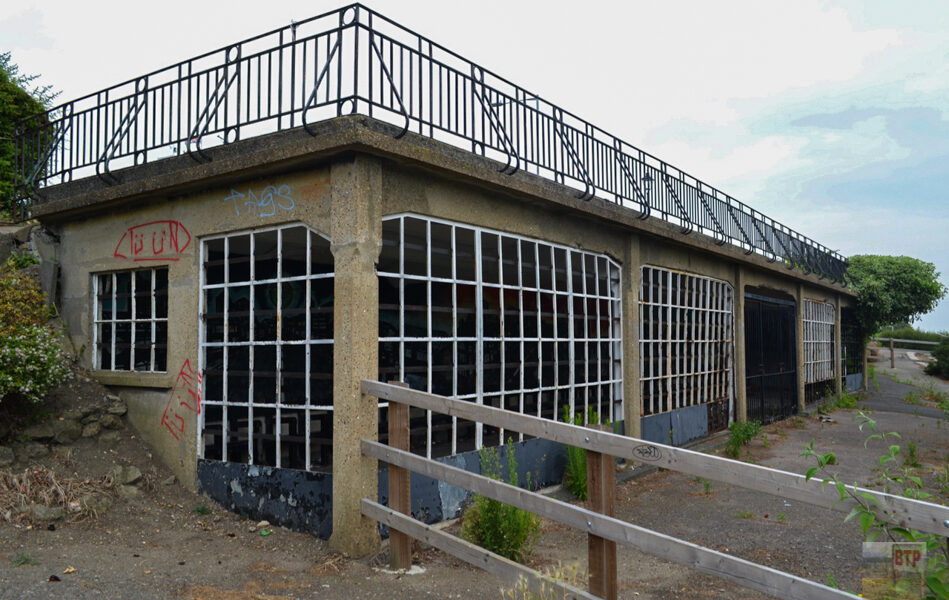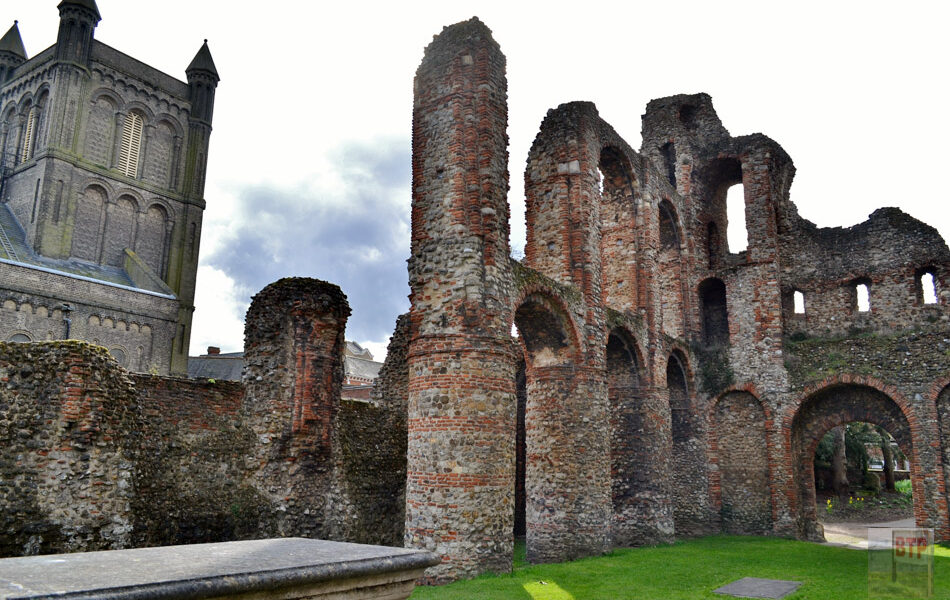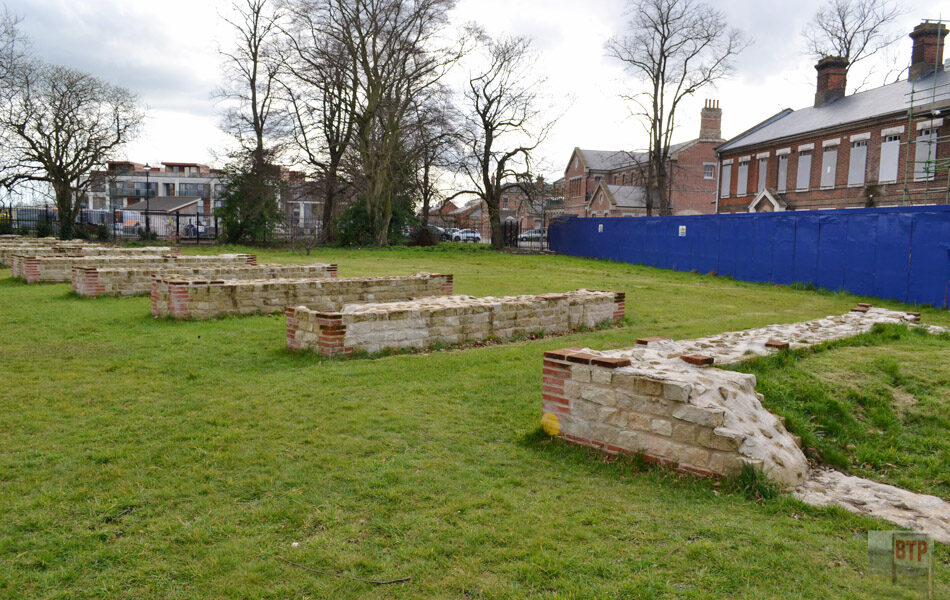V-3 Cannon, Mimoyecques
What was the V-3 Cannon and the Fortress of Mimoyecques? Most people interested in military history or alive in the war will be familiar with the V-1 ‘Doodlebug’ and the V-2 rocket-bomb used during the to bomb England over the channel in the late war. Both of these bombs were unmanned rocket-propelled aircraft which were…
View More
